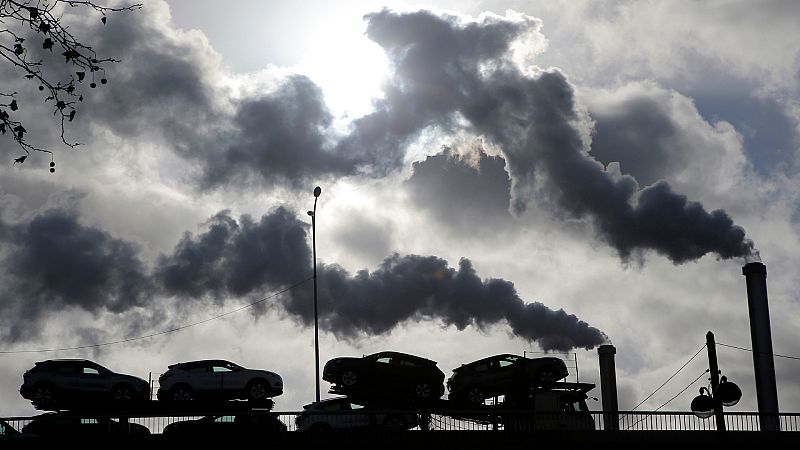UN warns carbon cuts fall ‘miles short’ of what is needed to avoid devastating global warming

Greenhouse gas levels surged to record highs in 2023, committing the planet to rising temperatures for years to come, the UN’s weather monitoring body said on Monday.
According to the World Meteorological Organization (WMO’s) greenhouse gas bulletin, carbon dioxide is accumulating in the atmosphere faster than at any time during human existence. Concentrations have risen by 11.4 per cent in just two decades.
The increase in CO2 in the atmosphere in 2023 was higher than that seen in 2022 though lower than the three years before that. It was the second-largest annual rise of the last decade. Large forest fires and a possible reduction in the carbon absorbed by forests combined with stubbornly high CO2 emissions from human activity fueled the increase.
The WMO says globally averaged surface concentrations of the greenhouse gasses CO2, methane and nitrous oxide all increased in 2023. CO2 concentrations reached 151 per cent of pre-industrial levels, methane 265 per cent and nitrous oxide 125 per cent.
The news comes ahead of the COP29 climate summit in Baku, Azerbaijan next month. WMO secretary-general Celest Saulo says it should “set alarm bells ringing” for decision-makers.
“We are clearly off track to meet the Paris Agreement goal of limiting global warming to well below 2°C and aiming for 1.5°C above pre-industrial levels.
“These are more than just statistics. Every part per million and every fraction of a degree temperature increase has a real impact on our lives and our planet.”
National climate plans fall ‘far short’ of necessary emissions cuts
On Monday, the UN also published a separate report taking stock of countries’ current nationally determined contributions or NDCs.
It found that national policies to cut greenhouse gas emissions fall significantly short of what is needed to limit catastrophic global warming.
To stay within the Paris Agreement target to limit warming to 1.5C, the Intergovernmental Panel on Climate Change says emissions need to be cut by 43 per cent by 2030.
Current policies would see global emissions cut by 51.5 gigatonnes of CO2 by the end of the decade - just 2.6 per cent lower than what they were in 2019.
As counties work on new, stronger NDCs, which are due in February next year, the report shows marginal progress has been made from last year with pledges falling far short of what is needed. It puts increasing pressure on world leaders to make ambitious progress at COP29 in Baku this November.
“The report’s findings are stark but not surprising - current national climate plans fall miles short of what’s needed to stop global heating from crippling every economy, and wrecking billions of lives and livelihoods across every country,” says Simon Stiell, UNFCCC executive secretary.
“By contrast, much bolder new national climate plans can not only avert climate chaos - done well, they can be transformational for people and prosperity in every nation.”
Stiell added that the report’s findings should mark a “turning point”, serving as a “blunt reminder of why COP29 must stand and deliver”.
It comes after a stark warning last week from the UN Environment Programme, which said the chances of limiting global warming to 1.5C above pre-industrial levels were "virtually zero".
Yesterday

